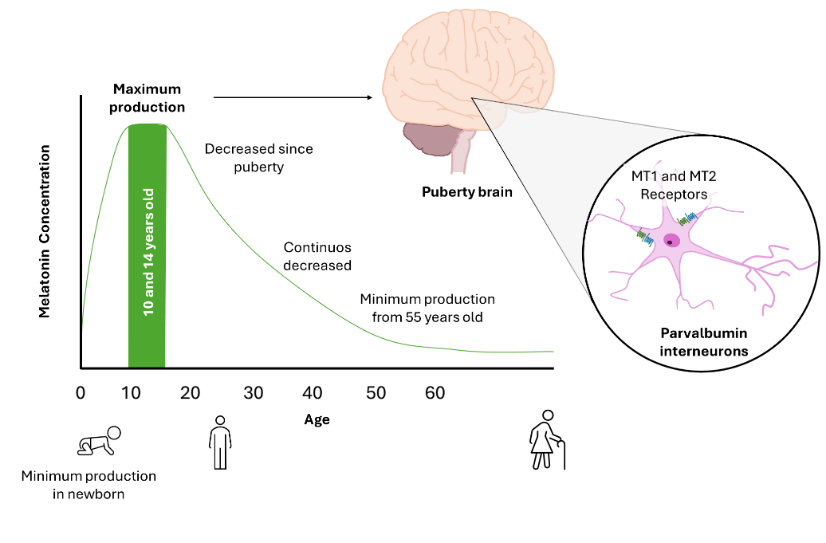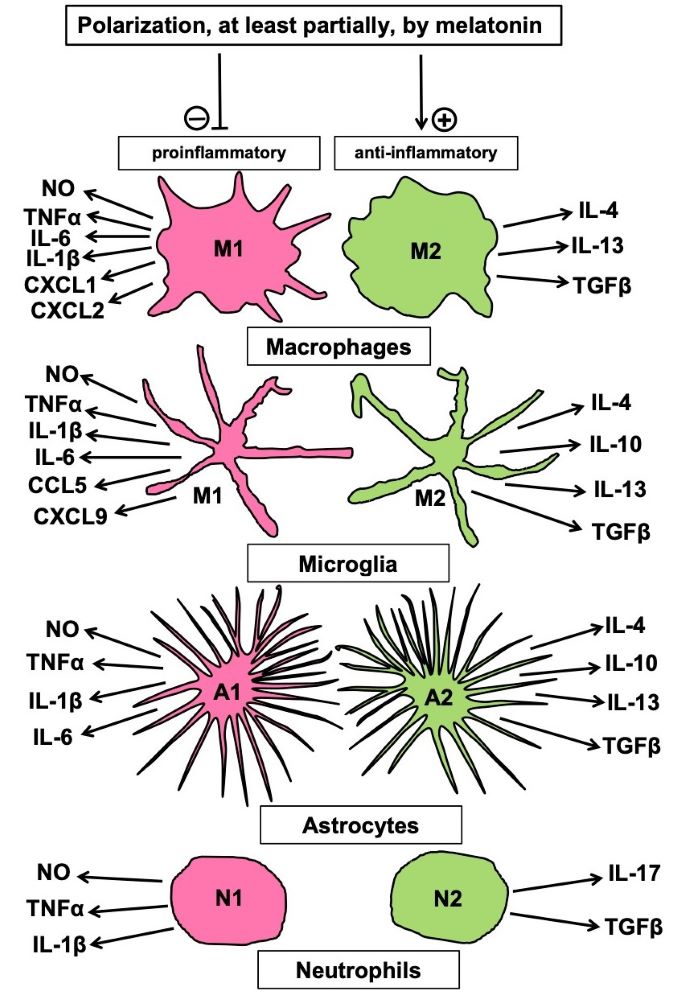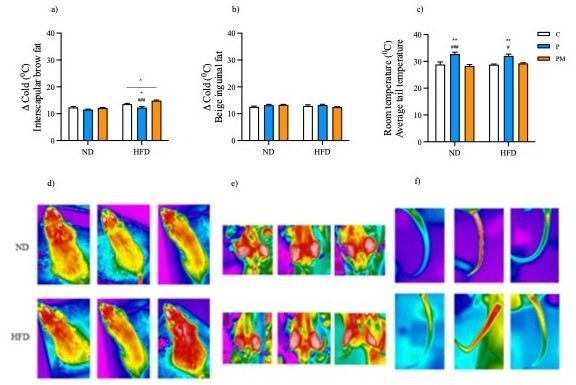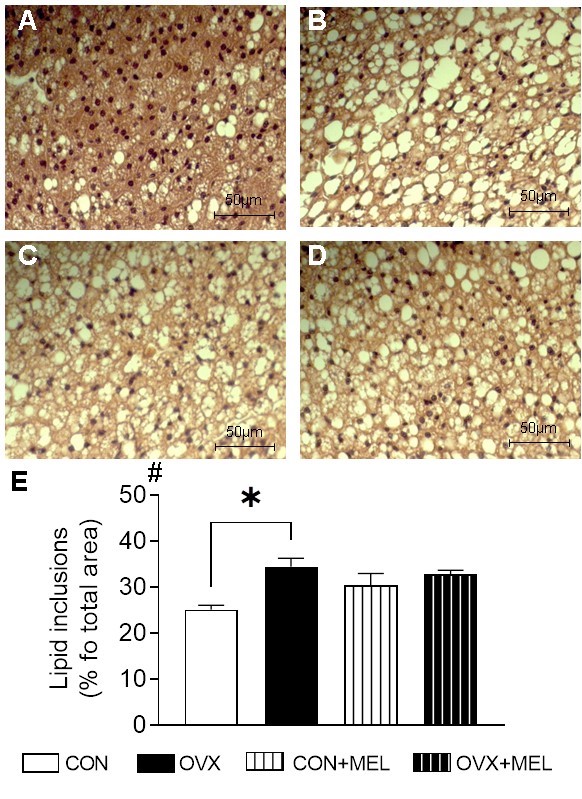
In the current issue, Chacín-Bonilla and Bonilla have thoroughly reviewed the potential biological actions of melatonin in reducing viral pathophysiology. They claimed that as a potent antioxidant, anti-inflammatory agent, a stimulator of immune functions, and regulator of apoptosis, melatonin is suitable a relative for use in viral infections, which are often associated with excessive inflammatory responses and elevated oxidative stress. In addition, the virus- and cytokine- storm-driven control of the pineal and mitochondrial melatonergic pathway to disrupt the immune responses and increase gut dysbiosis, suppressing levels of the short-chain fatty acid, butyrate, and increasing circulating lipopolysaccharides, stimulating viral replication and host symptoms severity, melatonin supplementation can reverse these pathological alterations. Additional interesting observations in this issue are reported by Belpiede et al. They observed transgenerational effects of that the loss of the circadian melatonin rhythm of the mother altered energy metabolism of their offspring. Their results showed that maternal pineal melatonin rhythm loss due to pinealectomy disrupted the energy metabolism of the offspring while melatonin replacement of the pinealectomized mother normalized the energy metabolism in the offspring submitted to the high-fat diet, enabling them to make functional adaptations such as the reduced food consumption, greater thermoregulatory capacity as well as reduction of white adipose tissue mass. These transgenerational effects of maternal melatonin level have rarely been reported. Another important and relevant observation reported in this issue is that melatonin exhibits different effects on adipose tissues under normoestrogenic and estrogen-deficient conditions in rats. Hermoso et al observed that in ovariectomized (OVX) rats, melatonin treatment suppressed the visceral retroperitoneal adipose tissue and increased the prevalence of small adipocytes of subcutaneous inguinal adipose tissue, suggesting a better lipid distribution among adipose tissues to minimize the risks for the development of metabolic abnormalities due to estrogen deficiency. However, under normoestrogenic condition, melatonin reduced plasma estradiol levels and uterine mass, raising concerns about its effect on reproductive functions. These unexpected observations require confirmation.







